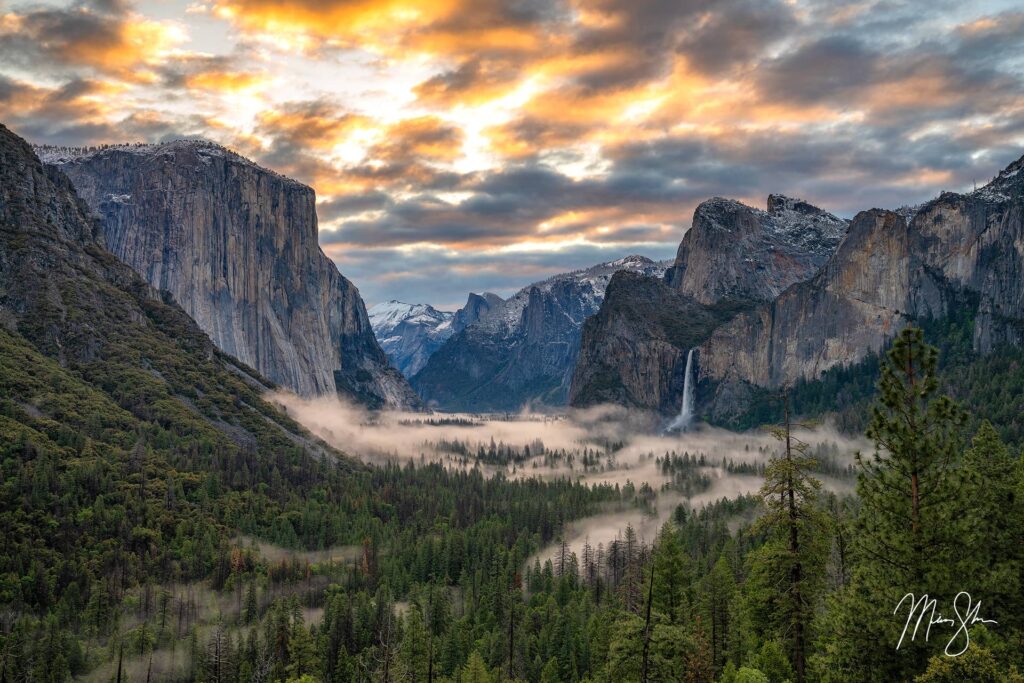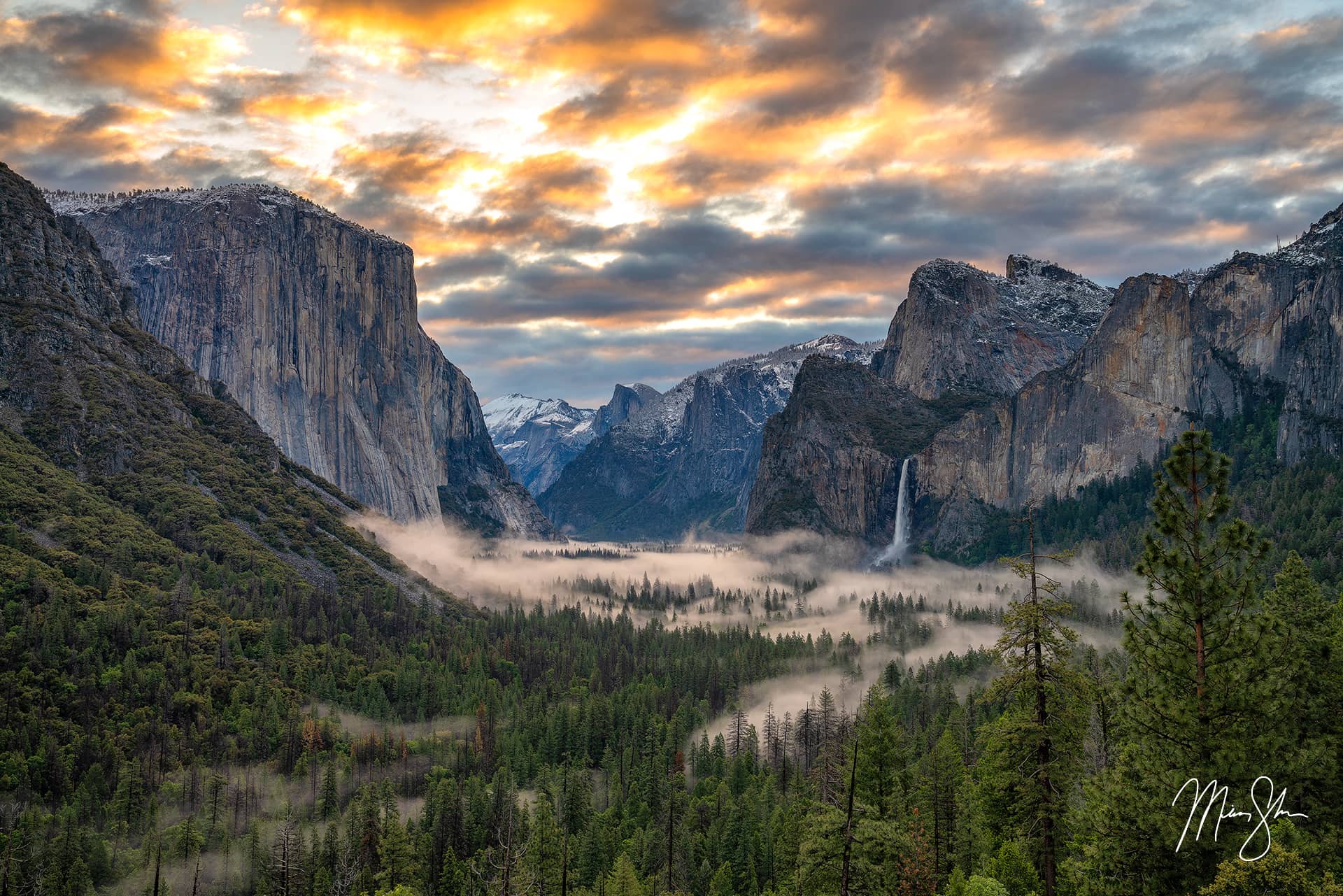
Exploring the Diverse Beauty of California Landscapes
California, a state synonymous with sunshine and innovation, boasts a remarkable diversity of landscapes. From the towering redwood forests of the north to the arid deserts of the south, and the iconic beaches lining the Pacific coast to the majestic peaks of the Sierra Nevada, California offers a breathtaking tapestry of natural wonders. This article delves into the varied California landscapes, highlighting their unique features, ecological significance, and the opportunities they provide for recreation and exploration. Understanding and appreciating these diverse environments is crucial for conservation efforts and sustainable tourism.
Coastal Wonders: Beaches, Bluffs, and Marine Ecosystems
California’s coastline, stretching over 840 miles, is a dynamic and captivating region. The Pacific Ocean shapes the landscape, creating dramatic cliffs, sandy beaches, and vibrant marine ecosystems. Iconic locations like Big Sur, with its rugged coastline and the Bixby Bridge, offer stunning views and a sense of awe. The beaches of Southern California, such as Santa Monica and Malibu, are renowned for their surfing, sunbathing, and vibrant beach culture. The Channel Islands National Park, a chain of islands off the coast of Southern California, provides a unique glimpse into a pristine marine environment, teeming with diverse wildlife.
The coastal California landscapes are not just visually stunning; they also play a crucial role in the state’s economy and ecology. Fisheries, tourism, and recreation all depend on the health of these coastal ecosystems. However, these areas are also vulnerable to threats such as coastal erosion, pollution, and the impacts of climate change. Protecting these valuable resources requires careful management and a commitment to sustainable practices.
The Allure of Northern California’s Coast
The northern California coast differs significantly from its southern counterpart. Characterized by rugged cliffs, dramatic sea stacks, and dense redwood forests that often meet the ocean’s edge, it presents a more untamed and less populated landscape. Places like Mendocino and Humboldt County offer a serene escape, where the raw power of the Pacific is on full display. The Avenue of the Giants, a scenic drive through ancient redwood trees, provides a unique and awe-inspiring experience.
Majestic Mountains: The Sierra Nevada and Beyond
The Sierra Nevada mountain range, often referred to as the “Range of Light,” dominates the eastern California landscapes. Home to iconic landmarks such as Yosemite National Park, Lake Tahoe, and Mount Whitney (the highest peak in the contiguous United States), the Sierra Nevada offers a diverse range of recreational opportunities, from hiking and backpacking to skiing and snowboarding. The granite cliffs and waterfalls of Yosemite Valley are world-renowned, attracting millions of visitors each year.
The Sierra Nevada is also a vital source of water for California. Snowmelt from the mountains feeds numerous rivers and reservoirs, providing water for agriculture, industry, and urban areas. The health of the Sierra Nevada ecosystem is therefore essential for the state’s overall well-being. Climate change poses a significant threat to the Sierra Nevada, with rising temperatures leading to decreased snowpack and increased risk of wildfires. Conservation efforts are crucial to protect this vital resource for future generations. The California landscapes found in the Sierra Nevada are truly awe-inspiring.
Exploring the Lesser-Known Mountain Ranges
While the Sierra Nevada is undoubtedly the most prominent mountain range in California, other ranges also contribute to the state’s diverse California landscapes. The Cascade Range, in the northern part of the state, is home to Mount Shasta, a dormant volcano that dominates the skyline. The Klamath Mountains, known for their rugged terrain and biodiversity, are a haven for outdoor enthusiasts. These lesser-known mountain ranges offer unique opportunities for exploration and adventure.
Desert Dreams: Arid Landscapes of Southern California
In contrast to the lush forests and snow-capped mountains, Southern California is also home to vast expanses of desert. The Mojave Desert, the largest desert in North America, covers a significant portion of the region. Death Valley National Park, located within the Mojave Desert, is known for its extreme temperatures and surreal landscapes. Joshua Tree National Park, named for the iconic Joshua trees that dot the landscape, offers a unique blend of desert ecology and geological formations.
Despite their harsh conditions, the desert California landscapes are teeming with life. Specialized plants and animals have adapted to survive in this arid environment. The desert also holds cultural significance, with Native American tribes having lived in these areas for thousands of years. The desert is a fragile ecosystem, vulnerable to human impacts such as off-road vehicle use and water extraction. Sustainable tourism and responsible land management are essential for preserving these unique environments.
The Unique Beauty of the Anza-Borrego Desert State Park
Anza-Borrego Desert State Park, located east of San Diego, offers a stunning display of desert wildflowers in the spring. The park’s rugged canyons, badlands, and palm oases provide a diverse range of habitats for wildlife. The park is also a popular destination for stargazing, due to its dark skies and minimal light pollution. Exploring the Anza-Borrego Desert offers a chance to connect with the raw beauty and resilience of the desert California landscapes.
Forests of California: From Redwoods to Oak Woodlands
California’s forests are as diverse as its other landscapes, ranging from the towering redwood forests of the north to the oak woodlands of the central valleys. The redwood forests, home to the tallest trees on Earth, are a truly awe-inspiring sight. Redwood National and State Parks protect these ancient forests, offering visitors a chance to walk among giants. The oak woodlands, characterized by their open canopy and grassy understory, provide habitat for a wide variety of wildlife. [See also: Protecting California’s Redwood Forests] These forests are important for carbon sequestration, watershed protection, and timber production.
The California landscapes of the forests face numerous challenges, including deforestation, wildfires, and climate change. Sustainable forest management practices are essential for ensuring the long-term health and productivity of these forests. Protecting these forests also helps to preserve biodiversity and provide recreational opportunities for future generations. The variety within California landscapes never ceases to amaze.
The Importance of California’s National Forests
California is home to numerous national forests, each with its unique characteristics and recreational opportunities. The national forests provide timber, grazing land, and recreational opportunities, while also protecting watersheds and wildlife habitat. Managing these forests sustainably requires balancing competing demands and considering the long-term impacts of human activities. Careful planning and collaboration are essential for ensuring the health and resilience of California’s national forests.
Protecting California’s Natural Heritage
The diverse California landscapes are a valuable asset, providing ecological, economic, and recreational benefits. However, these landscapes are also facing increasing threats from development, pollution, and climate change. Protecting California’s natural heritage requires a concerted effort from individuals, organizations, and government agencies. Conservation efforts must focus on preserving biodiversity, restoring degraded ecosystems, and promoting sustainable land use practices.
Education and awareness are also crucial for fostering a sense of stewardship and inspiring action. By understanding the value of California landscapes and the threats they face, individuals can make informed decisions and support policies that protect these valuable resources. Sustainable tourism, responsible recreation, and a commitment to conservation are essential for ensuring that future generations can enjoy the beauty and benefits of California’s natural heritage. The unique California landscapes are a treasure to be preserved.
In conclusion, the California landscapes offer a diverse and breathtaking array of natural wonders, each with its unique characteristics and ecological significance. From the rugged coastline to the towering mountains, and the arid deserts to the lush forests, California’s natural beauty is unparalleled. Protecting these valuable resources requires a commitment to conservation, sustainable practices, and responsible land management. By working together, we can ensure that future generations can enjoy the beauty and benefits of California’s diverse landscapes. [See also: Sustainable Tourism in California] The preservation of California landscapes is paramount.

